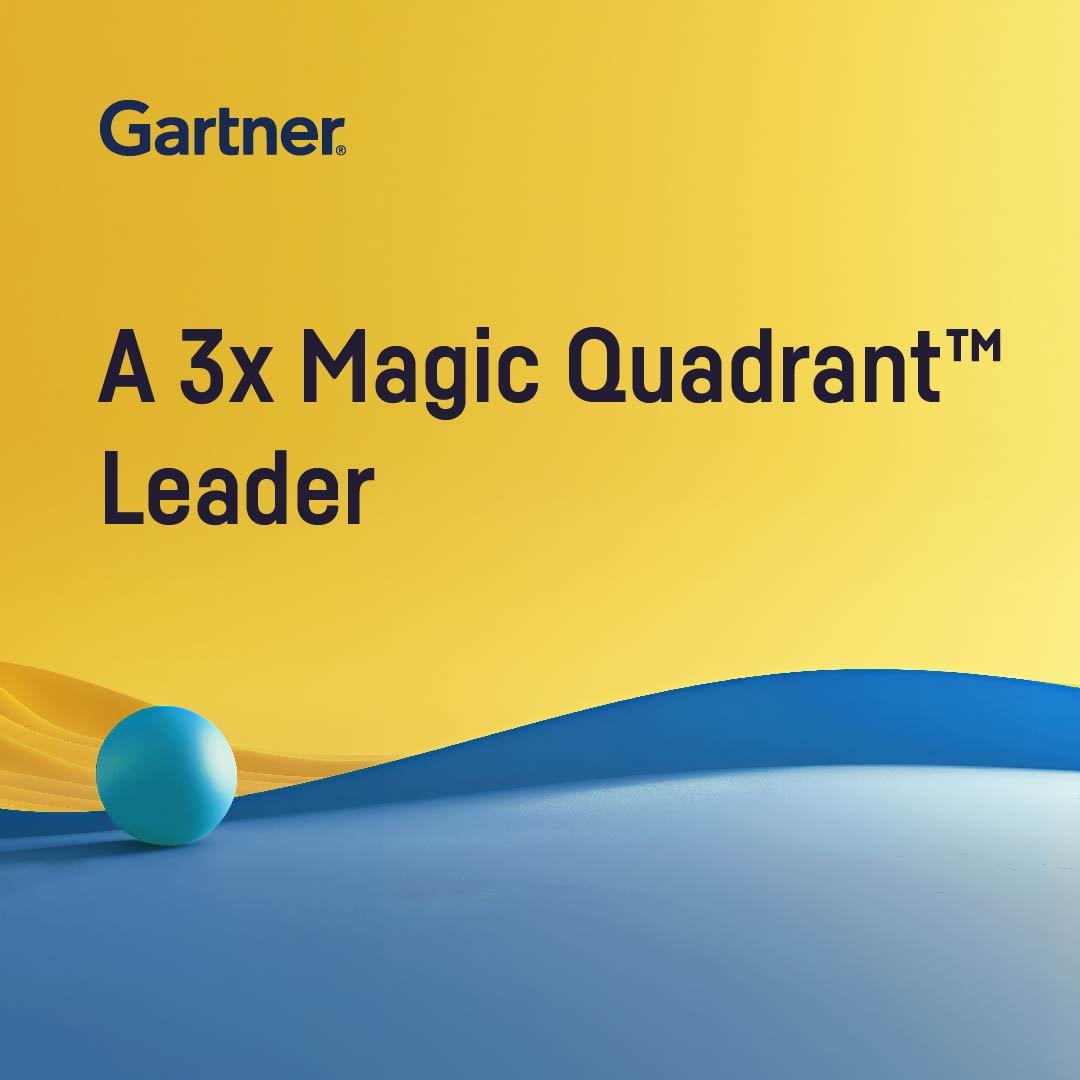Understand
Revenue Share,
Product Mix, and More
Develop comprehensive insight into your customer base by aligning your existing tiering and cross-sell analysis with data-driven clusters derived through ML. Explore and better understand not only your current customer portfolio, but also historical trends, allowing for more effective planning and marketing strategies.
Optimize Your Past, Current, and Future Customer Mix
Easily load your existing customer data, then label the newly-generated clusters through a simple interface. Quickly integrate data and business rules across many different legacy, current, and next-gen product and marketing systems. Get immediate and actionable results to present directly to business users and management.
Deepen Product Expertise With
Enriched Segmentation
View cross-sell, average revenues, product mix, and segment shifts now and historically. Develop comprehensive insight into your customer base by aligning your existing tiering and cross-sell analysis with data-driven clusters derived through ML.
Quickly Create and Understand
ML-Based Segmentation
Understand key drivers and differentiators for each segment created by the ML approach, without the need for a dedicated data science team. Ensure effective interpretation of the model’s findings through quick and insightful analyses of key drivers.
Build a Powerful Customer Experience Engine
Connect directly to the Dataiku Solution for Customer Segmentation for Banking with a single click. Perform as much of your existing and future customer analytics within Dataiku using our pre-built dashboards or ones you create to view ML insights integrated alongside existing analytics, including cross-sell and product mix.
Answer Key Customer Segmentation Questions
The Dataiku Solution for Customer Segmentation for Banking helps answer a broad range of questions like:
- How can I bring all of my customer analytic insights into one place?
- How can I integrate new segmentation technology as a complement to my existing approaches?
- How can I explore possible ML approaches without relying heavily on teams of dedicated data scientists?
Do More Than Customer Segmentation With ML
Leveraging data-driven segmentation introduces new perspectives to complement existing expertise. Enrich customer insight and discover more effective sales strategies by unifying business knowledge and ML.
The Total Economic Impact™️
Of Dataiku
A composite organization in the commissioned study conducted by Forrester Consulting on behalf of Dataiku saw the following benefits:
reduction in time spent on data analysis, extraction, and preparation.
reduction in time spent on model lifecycle activities (training, deployment, and monitoring).
return on investment
net present value over three years.





